Main Content
Despite a quick start to the spring, soil temperatures remain low across the much of the state. Average soil temperatures (3-inch depth) have been hanging around the mid 60s in central NJ and many warm-season weeds such as crabgrass have hardly developed despite germinating over 6 weeks ago. This crabgrass at our research facility has not advanced past the leaf stage and I have observed this across the region over the past few weeks.
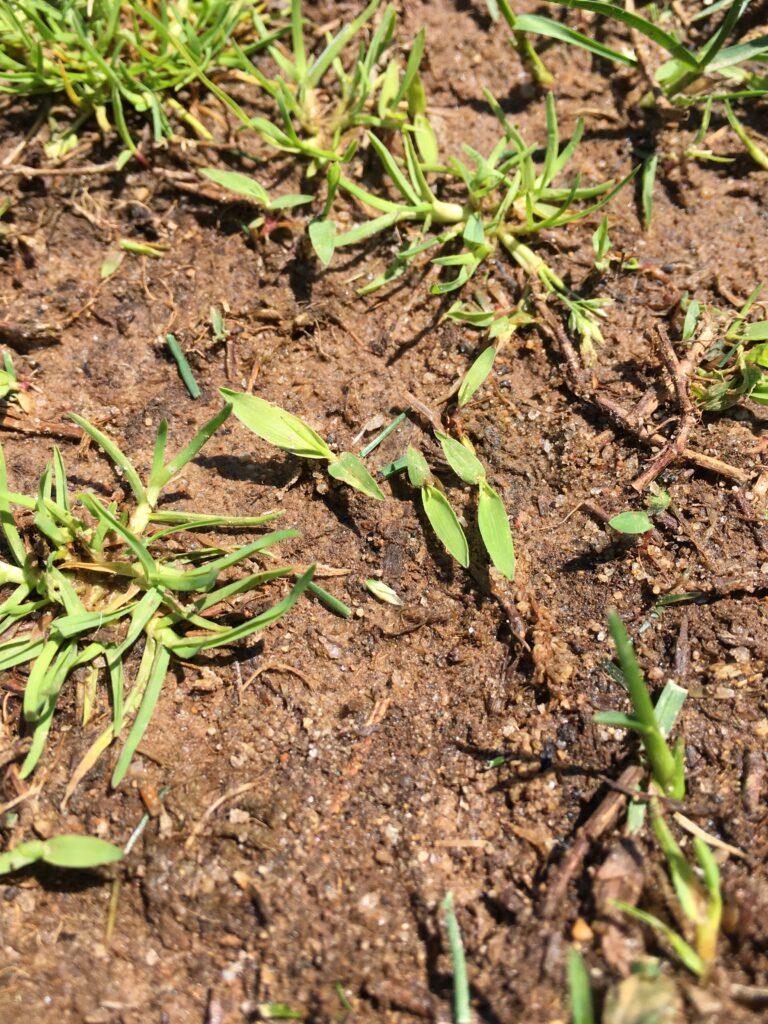
The peak of annual bluegrass seedhead production has passed. It was a very difficult spring to properly time ethephon applications for optimum seedhead suppression. If the results of our seedhead suppression research trial are indicative of the region, then I suspect those that made a fall (December at the snow mold fungicide timing) application of ethephon were happy with suppression. Spring-only applications did not perform very well in our research.
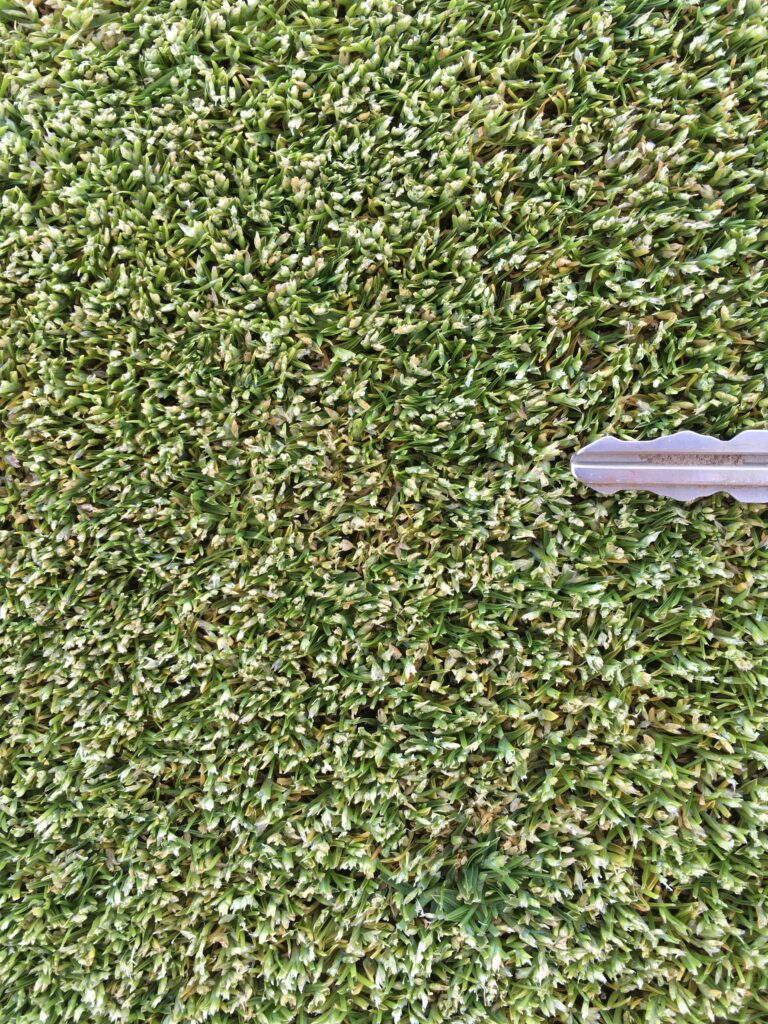
When warmer weather arrives, warm-season weeds will develop rapidly. If you are relying exclusively on post-emergence herbicides for crabgrass control, an application of a post-emergence herbicide in the next few weeks may be warranted. This will only control what has already germinated and not what will emerge as we continue into the summer, so additional applications will be necessary. Especially if using fenoxaprop (Acclaim Extra, Last Call), lower herbicide rates often can be used when treating smaller plants. Mesotrione (Tenacity) is another post-emergence crabgrass herbicide that is most effective on smaller plants. Quinclorac (Drive XLR8, Quinclorac 75DF) is another post-emergence option but is often more effective against larger (> 4 tiller) plants than the smaller plants present right now. Topramezone (Pylex) has efficacy some against crabgrass but is an extremely effective product for goosegrass control. See the herbicide labels for more information.
We observed goosegrass emergence two weeks ago at certain sites but not others. This event is not particularly relevant for those who applied a pre-emergent herbicide. However, you may want to scout areas with a history of goosegrass problems to make sure your pre-emergence herbicide is working. Goosegrass seedlings can be difficult to differentiate from crabgrass seedlings. Goosegrass seedlings have a ridged adaxial leaf surface (ridges look similar to perennial ryegrass) and a blunt leaf tip while crabgrass seedlings are relatively smooth with a sharper leaf tip. If you applied a pre-emergence herbicide and are already seeing goosegrass germination please contact me.

If you plan to make an herbicide application to control broadleaf weeds, the weather continues to be ideal for control and growth of the cool-season grass into voids. This is especially true for the summer annual knotweed.
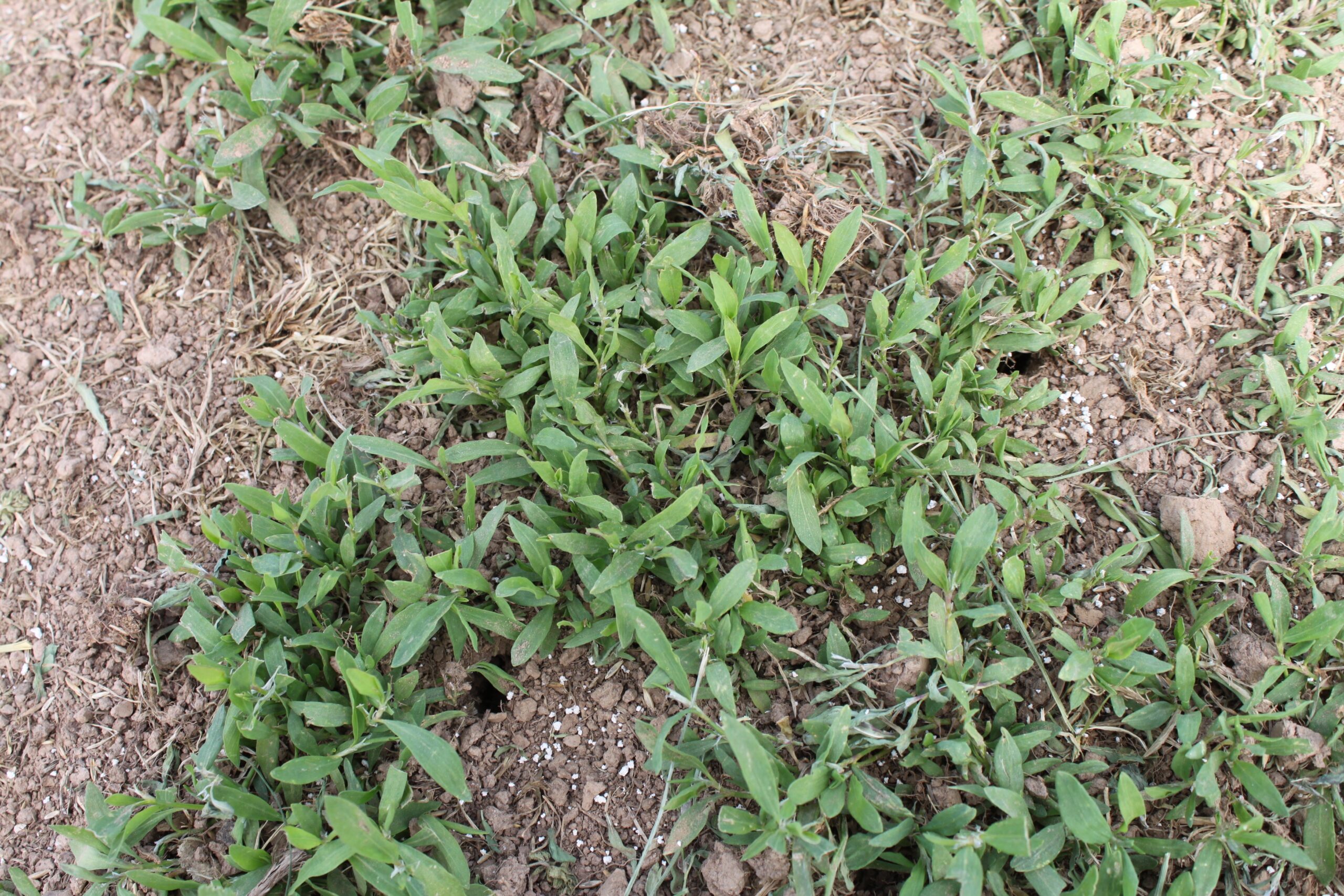
Prostrate knotweed is more easily controlled now while it is still relatively immature. Standard three-way or other broadleaf herbicides that contain 2,4-D may not provide complete control. So in the case of severe infestation, products that contain triclopyr (e.g., T-Zone, Battleship III, 4-Speed XT, Cool Power, others) will provide more control. Cultural practices such as aerification to reduce compaction and improve conditions for turf growth are also essential. For more information on whether you will disrupt the pre-emergence herbicide barrier by aerifying, see this information from Dr. Aaron Patton.
To Aerify or Not to Aerify when Using a Preemergence Herbicide
Sedges and Kyllingas
This week I visited several golf courses and other sites along the Garden State Parkway from Exit 9 (Cape May) to Exit 171 (A few miles from the NY State line. In terms of plant development, northern NJ seems to be about a week behind central NJ and southern NJ seems to be a week or two ahead of central NJ. The most noticeable difference across locations is the difference in kyllinga emergence from dormancy. In southern NJ, kyllinga is close to full emergence while kyllinga northern NJ is at approximately 50% emergence. In all locations, but especially those in southern NJ, now would be a good time to begin making applications if you haven’t already.
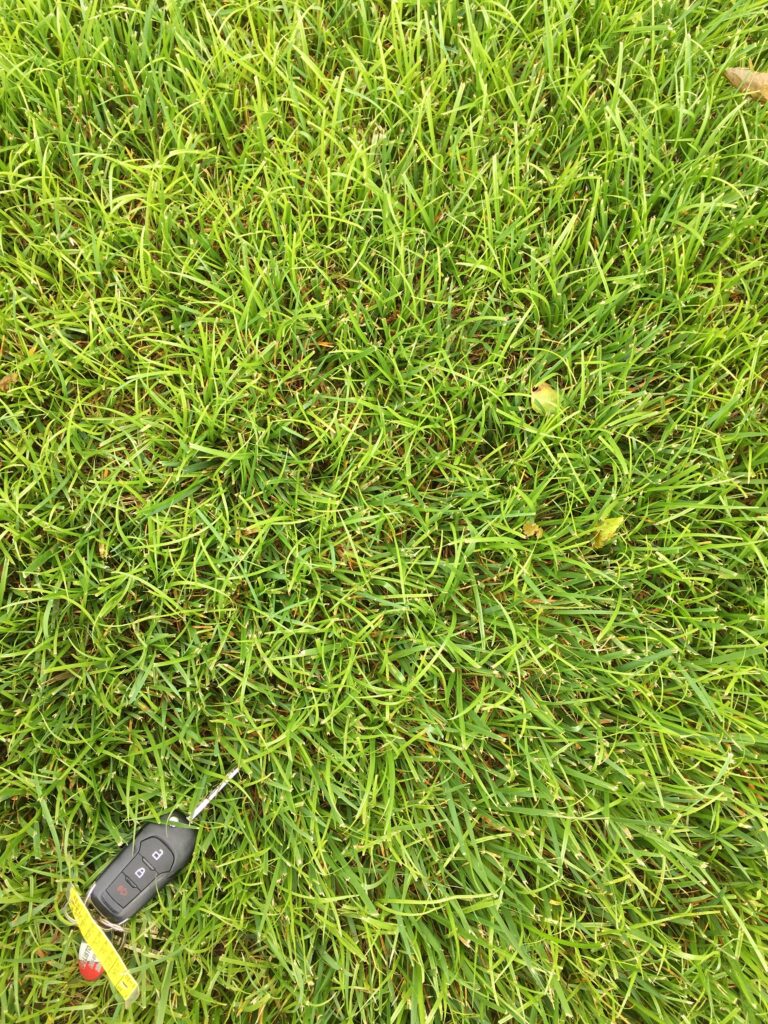
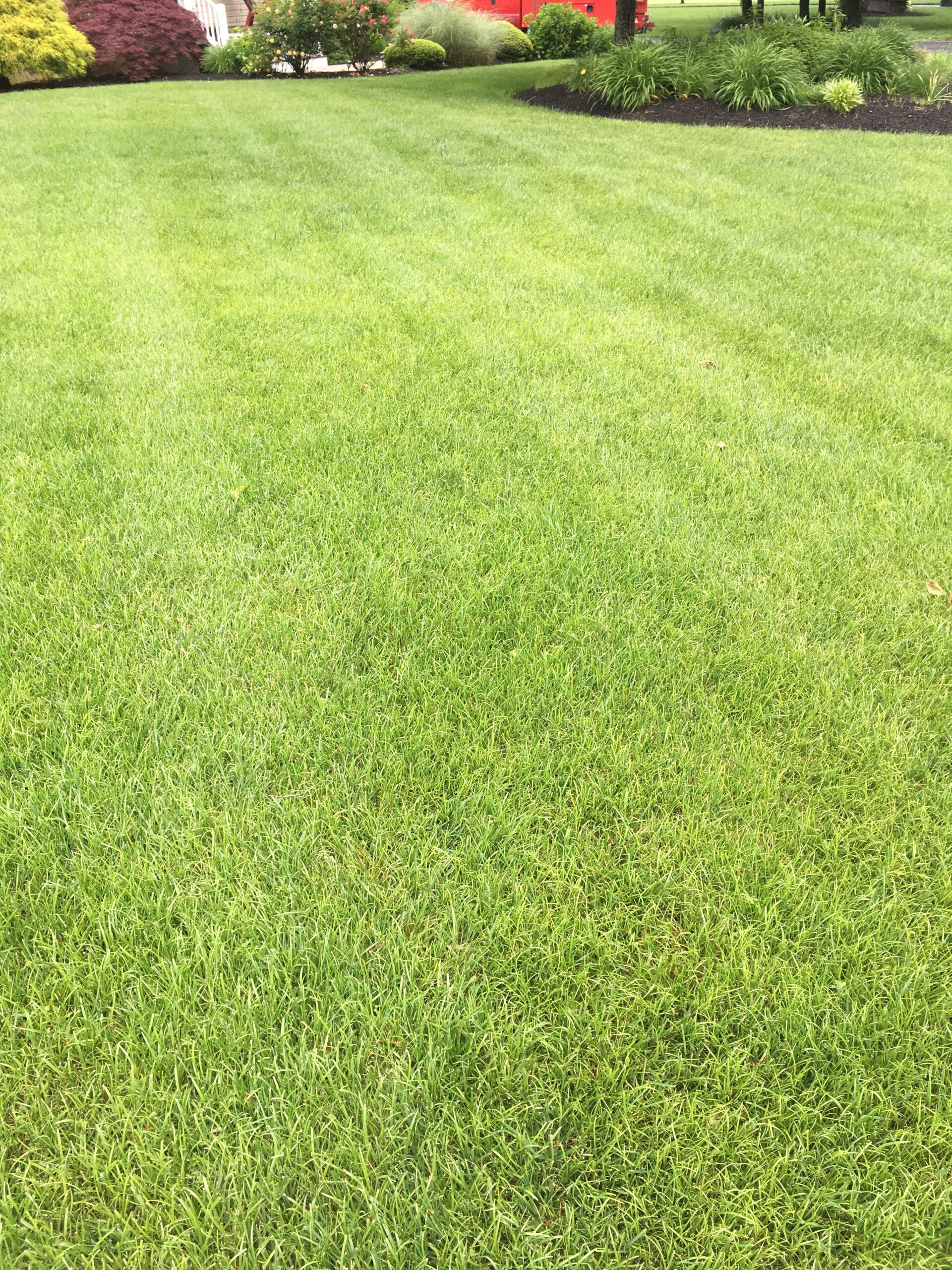
Our research indicates that halosulfuron-methyl and imazosulfuron are effective options for control. Multiple applications will likely be necessary for effective control. Make follow-up applications after you observe re-growth from the previous application (usually 3 to 4 weeks later). For more information see this previous blog post by Dr. Murphy. https://turfblog.rutgers.edu/?p=934#more-934.